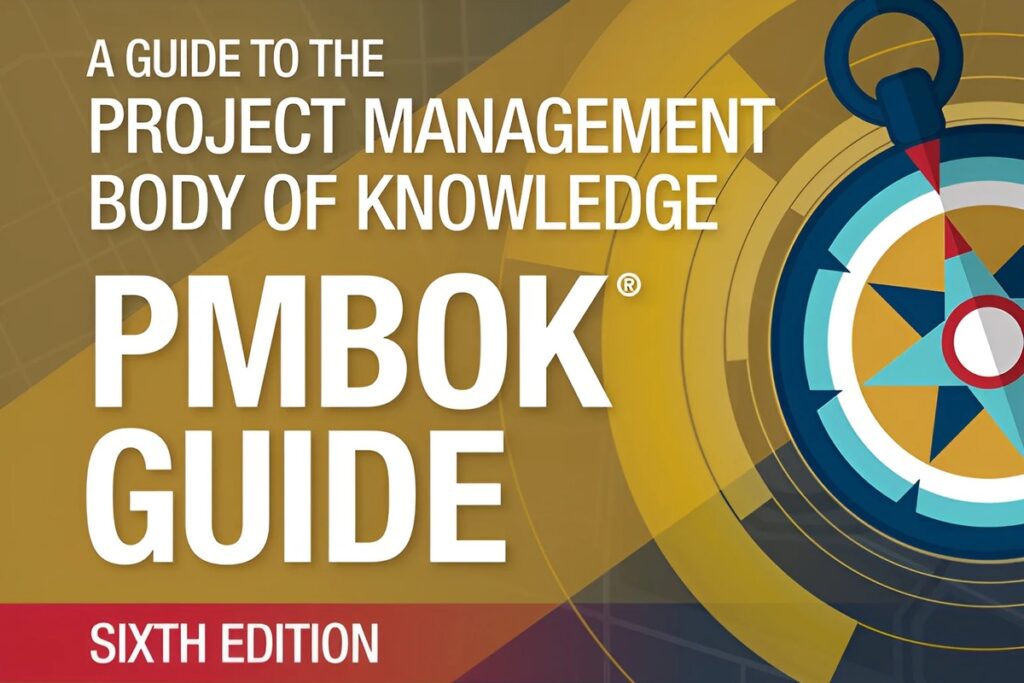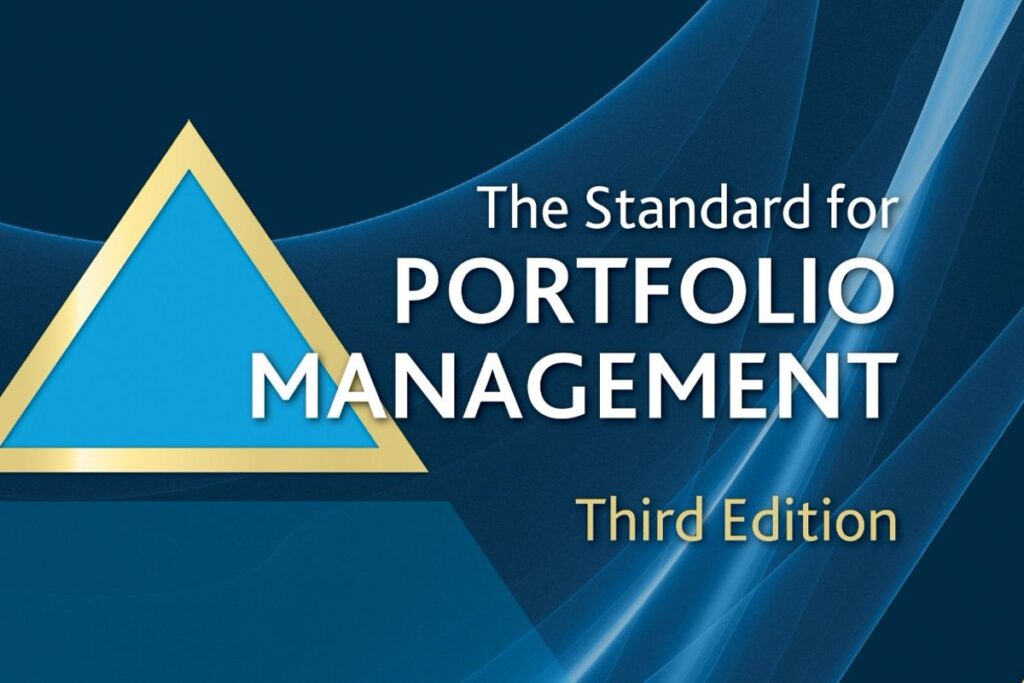The PMBOK® Guide – Sixth Edition, published by the Project Management Institute (PMI) in 2017, marked a significant evolution in PMI’s approach to standardizing project management practices. It built upon the legacy of previous editions while laying the groundwork for the flexibility demanded by modern project environments. Though later superseded in spirit by the Seventh Edition, the Sixth remains a cornerstone reference for structured, process-driven project management.
Core Structure and Features
At its core, the PMBOK 6 maintains the traditional process-based framework:
- 5 Process Groups: Initiating, Planning, Executing, Monitoring & Controlling, and Closing.
- 10 Knowledge Areas: Integration, Scope, Schedule, Cost, Quality, Resource, Communication, Risk, Procurement, and Stakeholder Management.
- 49 Processes: Each with detailed Inputs, Tools & Techniques, and Outputs (ITTOs).
This structure supports a predictive (waterfall) project approach and provides a reliable framework for consistent project planning and execution.
Key Enhancements Over Previous Editions
1. Two New Processes
- Manage Project Knowledge (Integration Management): Focuses on capturing, sharing, and leveraging knowledge.
- Implement Risk Responses (Risk Management): Moves beyond planning to execution, ensuring risks are actively addressed.
2. Inclusion of Agile Thinking
- Introduced agile and adaptive terminology throughout the text.
- Published alongside the Agile Practice Guide, a joint effort with Agile Alliance, offering practical guidance on agile, hybrid, and traditional models.
3. Enhanced Role of the Project Manager
- Stronger emphasis on leadership skills, emotional intelligence, and business acumen.
- Aligns with the PMI Talent Triangle, promoting well-rounded project leadership.
4. Tailoring Guidance
- Encouraged project managers to adapt processes and practices based on project characteristics, industry, and organizational needs.
5. Expanded Stakeholder Focus
- Solidified Stakeholder Management as a full Knowledge Area (introduced in PMBOK 5), with more emphasis on stakeholder engagement strategies.
6. Improved Clarity and Usability
- Better diagrams and tables for process interactions.
- Glossary and appendices were expanded to improve comprehension and usability.
Strengths of PMBOK 6
✅ Process Discipline
Provides unmatched clarity and structure, especially useful in regulated, construction, or government projects where compliance and predictability are critical.
✅ Standardized Language
Offers a common vocabulary for project professionals worldwide, aiding in certification, communication, and alignment across teams.
✅ Comprehensive Coverage
Addresses all facets of project management from scope and time to risk, procurement, and stakeholders.
✅ Transition to Agile and Hybrid
While not fully agile, it recognizes the shift and introduces the tools needed to begin navigating hybrid environments.
✅ Reference Standard for PMP® Certification
PMBOK 6 served as the primary source for PMP exam preparation from 2018 to early 2021.
Weaknesses and Limitations
❌ Process-Heavy
Some practitioners find the guide too rigid and detailed, especially in fast-moving or creative industries where adaptability matters more than control.
❌ Limited Agile Integration
Despite referencing Agile and including a companion guide, the core remains predictive, making it less useful for teams practicing Scrum, Kanban, or SAFe.
❌ Complexity for Beginners
The sheer volume of information, including 49 processes and hundreds of ITTOs, can overwhelm new project managers.
❌ Static Nature
As a print-based standard, it does not adapt in real-time to emerging trends and new technologies.
PMBOK 6 in Practice
PMBOK 6 is particularly valuable for:
- Large enterprises and traditional sectors (e.g., engineering, defense, manufacturing).
- Projects requiring extensive documentation, risk planning, and compliance.
- PMO teams looking to develop standardized processes.
- Training and certification for PMP aspirants.
It may be less effective as a standalone guide in:
- Startups and creative sectors, where speed and innovation outpace formality.
- Fully agile environments, unless complemented by additional agile frameworks.
Legacy and Continued Relevance
Even after the release of PMBOK 7, the Sixth Edition remains:
- A foundational reference for traditional and hybrid project management.
- Frequently used by organizations maintaining legacy PMOs and process documentation.
- Essential reading for PMP candidates, as understanding the Sixth Edition is key to grasping project management fundamentals.
Final Verdict
PMBOK® Guide – Sixth Edition is a robust, detailed, and globally recognized standard for managing projects using a structured, process-based approach. While its rigidity can be a barrier in some modern contexts, its clarity, comprehensiveness, and emphasis on discipline make it a valuable tool in any project manager’s toolkit.
For those who need a solid grasp of project control, documentation, and lifecycle predictability, PMBOK 6 is indispensable. And for those transitioning toward agile or hybrid models, it remains a useful foundation for tailoring and evolving.




